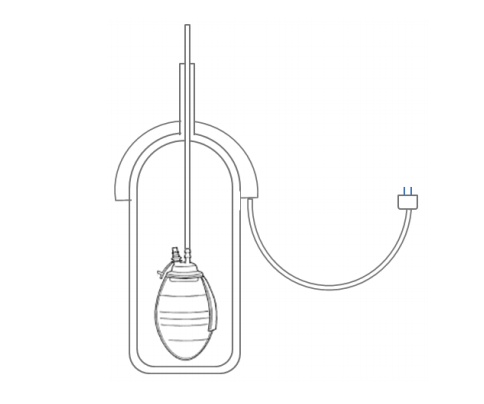
UV sterilization of surgical drains
Value Proposition
Surgical site infection (SSI) can result in increased readmission rates, longer hospital stays, increased admission to the ICU, increased antibiotic use, delayed wound healing, long term complications at the site, and death. Despite the best efforts to maintain sterility, surgical site infection occurs in up to 30% of surgery patients in the United States. One of the tools used in an attempt to decrease surgical site infections is the surgical drain. The goal of a surgical drain is to promote healthy wound healing, reduce pain, and prevent infection by allowing the fluid which collects in the wound bed after surgery to leave the body. Annually used by over 5 million US patients, these surgical drains are known to increase the risk of infection the longer they remain in the body by providing a path for bacteria to enter the body. For instance, SSI rates after breast reconstruction are reported to be as high as 26% and the risk increases to more than three times with the use of surgical drains. Although there are multiple kinds of drains available on the market today, there is still a great deal of room for improvement. Therefore a new design to reduce the rate of infection by preventing bacterial colonization inside the surgical drain is needed.
Technology
Duke inventors have designed a sterilization device for surgical drains to prevent SSI. The device consists of a container which can encase the surgical drain evacuator bulbs and an ultraviolet (UV) radiation source. Patients or caregivers can place the evacuator bulbs into the device and turn on UV. UV radiation can kill 99.9% of bacteria at 5 seconds and 100% at 90 seconds. With this device, bacteria in the drains can be effectively eliminated and SSI can be prevented. In addition this sterilization device can be designed to fit various kinds of surgical drains on the market. This device can be used by patients who have had procedures and surgeries including but not limited to: mastectomy, abdominoplasty, general plastic surgery, pancreatic, cancer, and kidney transplants. The inventors have developed a working prototype of this technology.
Advantages
- Can lower post-op infection and readmission rate, resulting in better patient outcomes
- Is easy to use and is capable of disinfecting surgical drains within a minute
- Cost of product will be cheaper than the infection control kits
- One device can be used for multiple surgical drain bulbs